Scaling data and KNN Regression
Machine Learning for Finance in Python

Nathan George
Data Science Professor
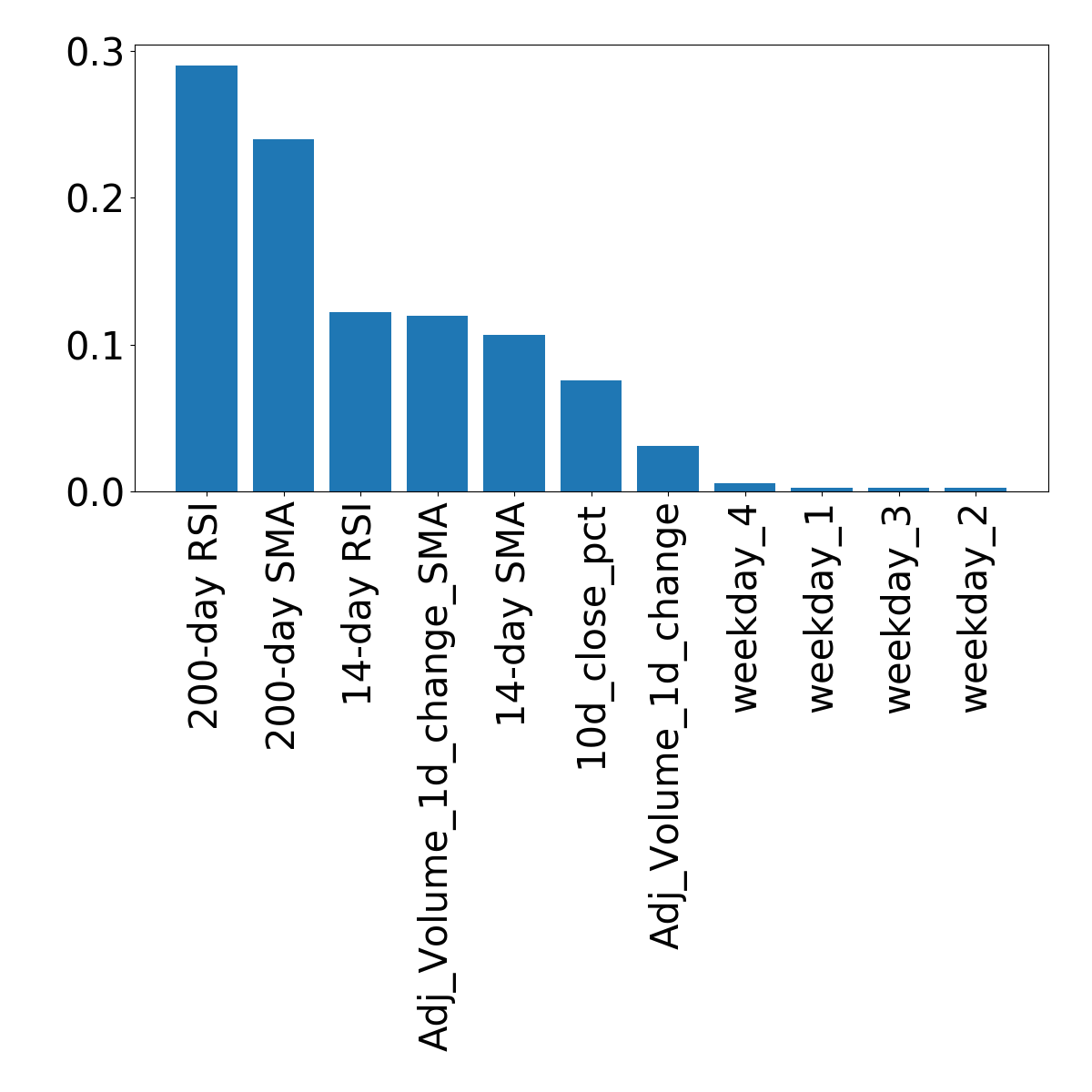
Feature selection: remove weekdays
print(feature_names)
['10d_close_pct',
'14-day SMA',
'14-day RSI',
'200-day SMA',
'200-day RSI',
'Adj_Volume_1d_change',
'Adj_Volume_1d_change_SMA',
'weekday_1',
'weekday_2',
'weekday_3',
'weekday_4']
print(feature_names[:-4])
['10d_close_pct',
'14-day SMA',
'14-day RSI',
'200-day SMA',
'200-day RSI',
'Adj_Volume_1d_change',
'Adj_Volume_1d_change_SMA']
Remove weekdays
train_features = train_features.iloc[:, :-4]
test_features = test_features.iloc[:, :-4]

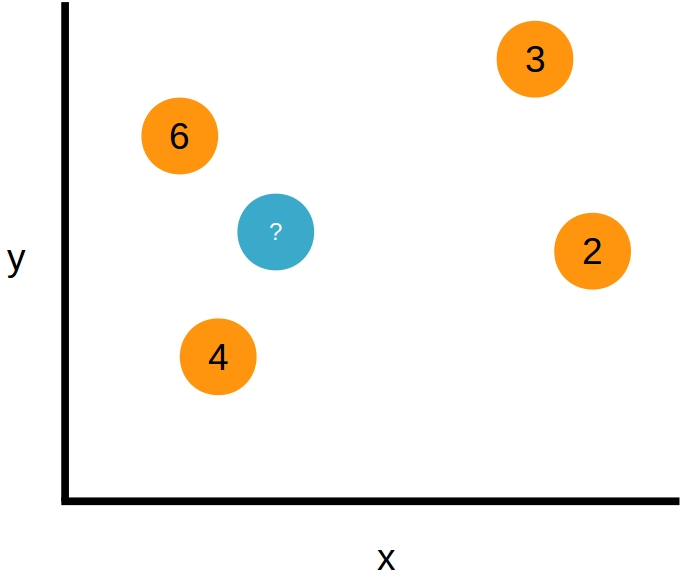
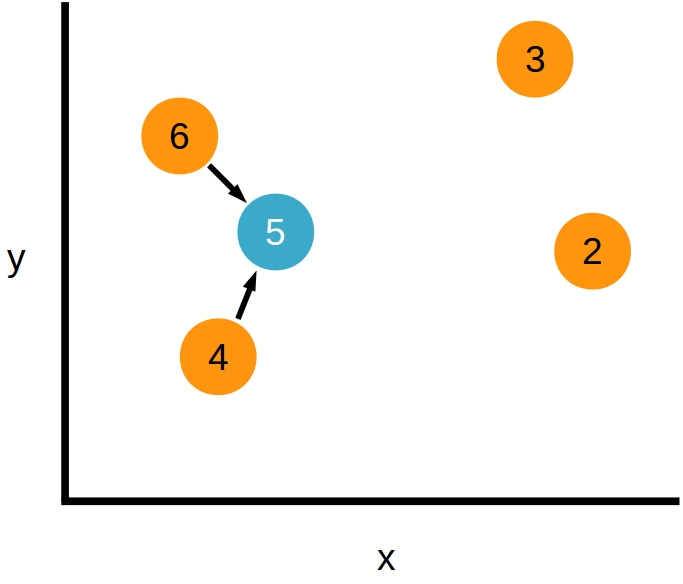
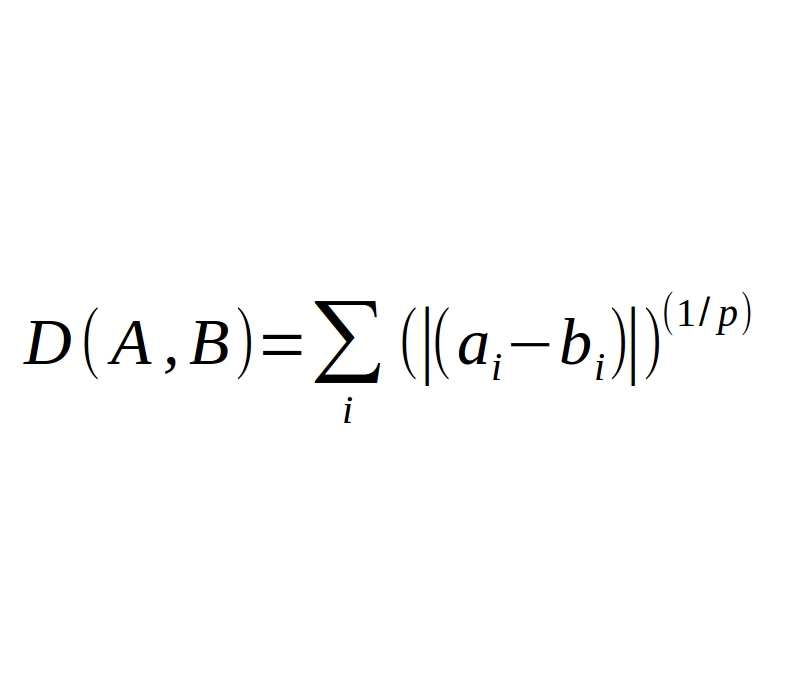
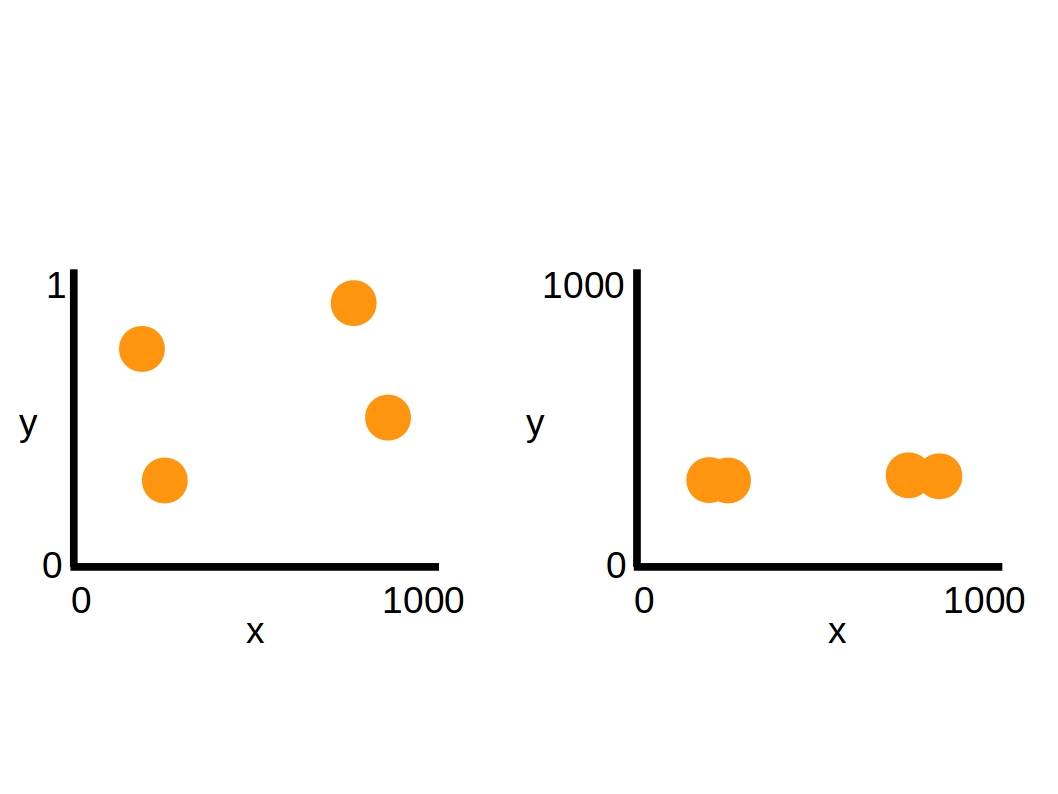
Scaling options
Scaling options:
- min-max
- standardization
- median-MAD
- map to arbitrary function (e.g. sigmoid, tanh)
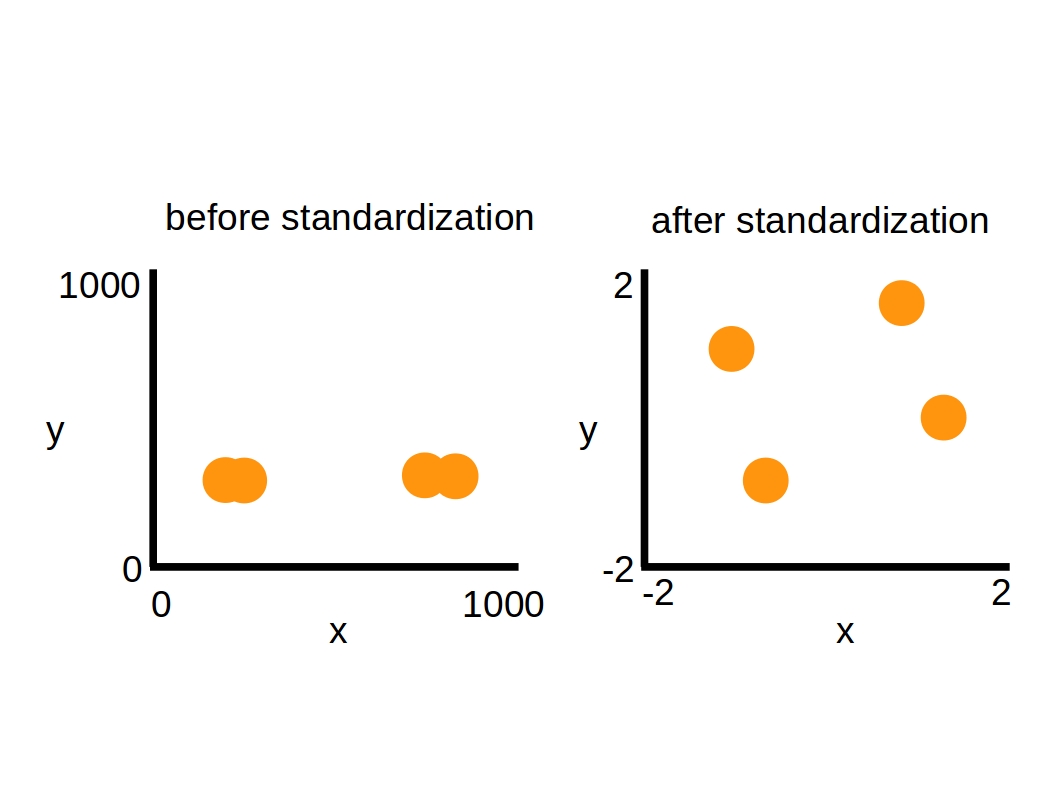
sklearn's scale
from sklearn.preprocessing import scale
sc = scale()
scaled_train_features = sc.fit_transform(train_features)
scaled_test_features = sc.transform(test_features)
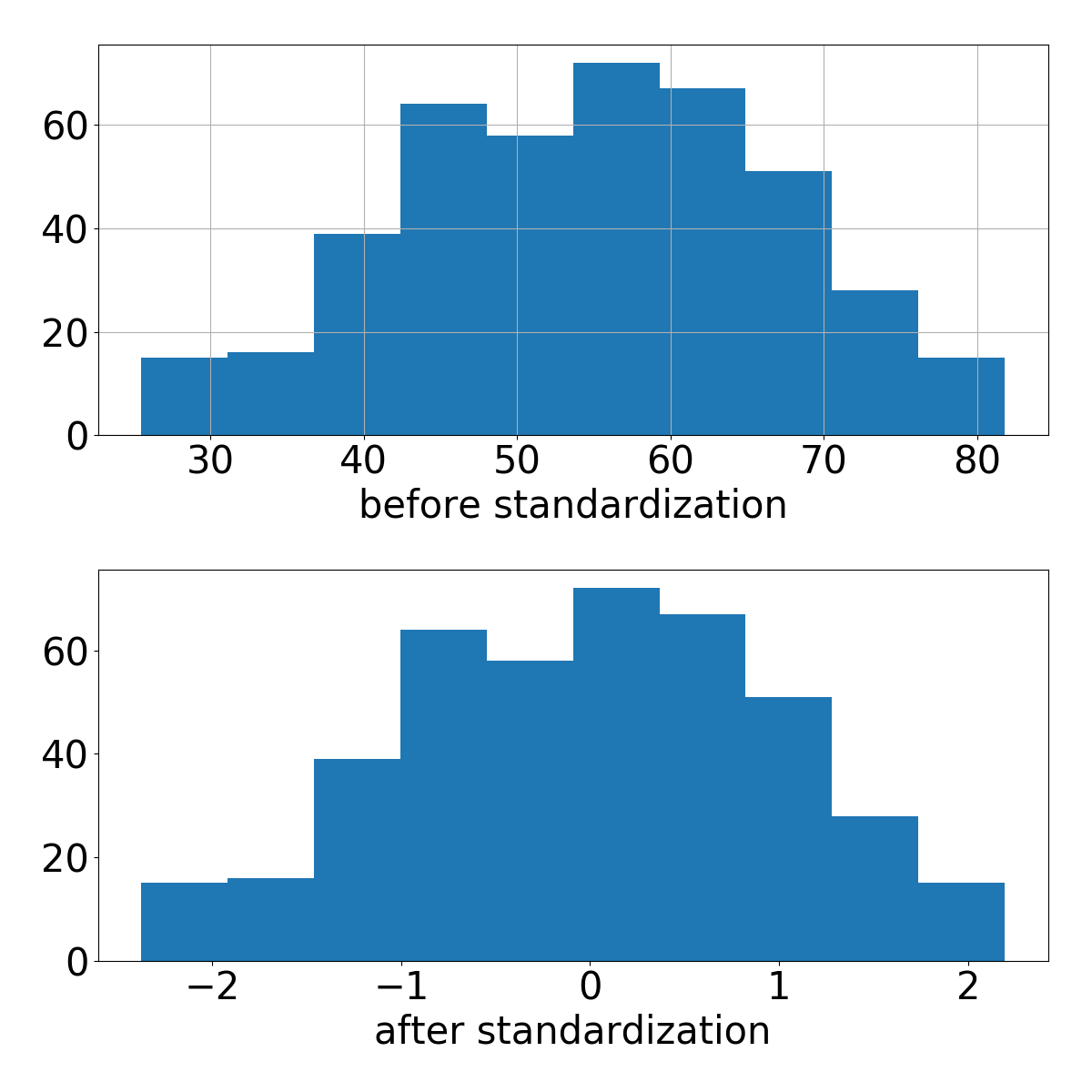
Making subplots
# create figure and list containing axes f, ax = plt.subplots(nrows=2, ncols=1)# plot histograms of before and after scaling train_features.iloc[:, 2].hist(ax=ax[0]) ax[1].hist(scaled_train_features[:, 2]) plt.show()
Scale data and use KNN!
Machine Learning for Finance in Python

